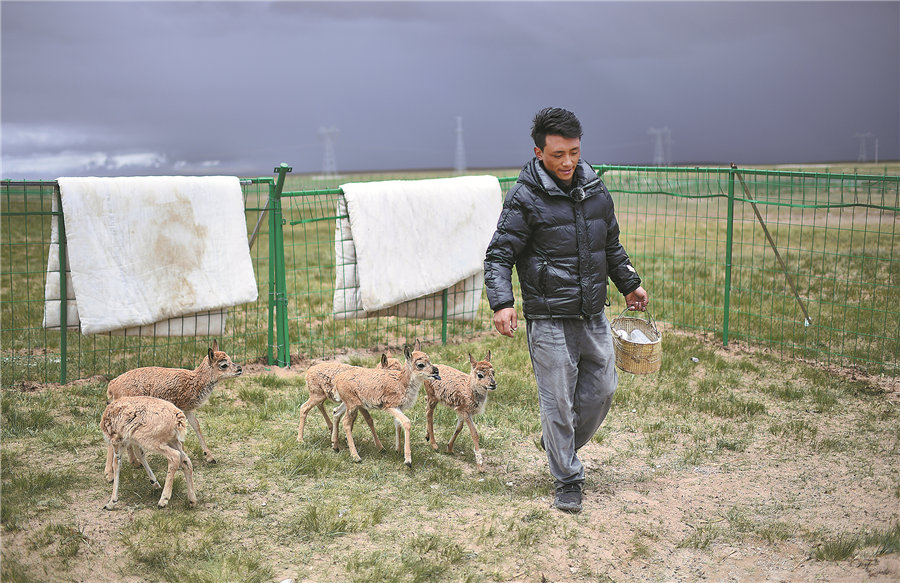

They have witnessed the dramatic change over the past decades in the region, where poaching sprees had once driven the species to the edge of extinction, causing its population to drop from 200,000 to 20,000 during the 1980s.
Tibetan antelopes were hunted for their wool, which can be made into expensive shawls. Each shawl, priced as high as $50,000, was made at the expense of up to five antelopes.
Since the early 1990s, China has initiated a string of actions to push back against poaching on the Qinghai-Tibet Plateau.
In 1996, the provincial-level nature reserve of Hoh Xil was officially established, before its elevation to a national-level nature reserve the following year.
In 2021, the status of Tibetan antelopes was recategorized down from "endangered" to "near threatened", according to the National Forestry and Grassland Administration.